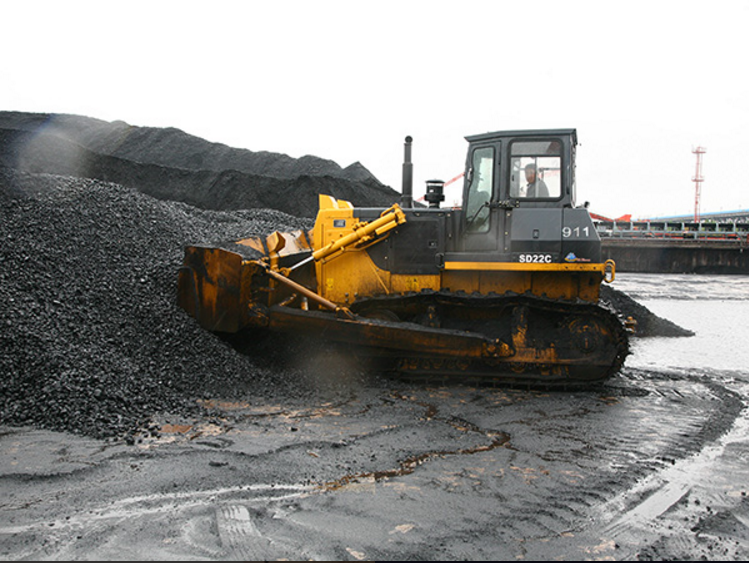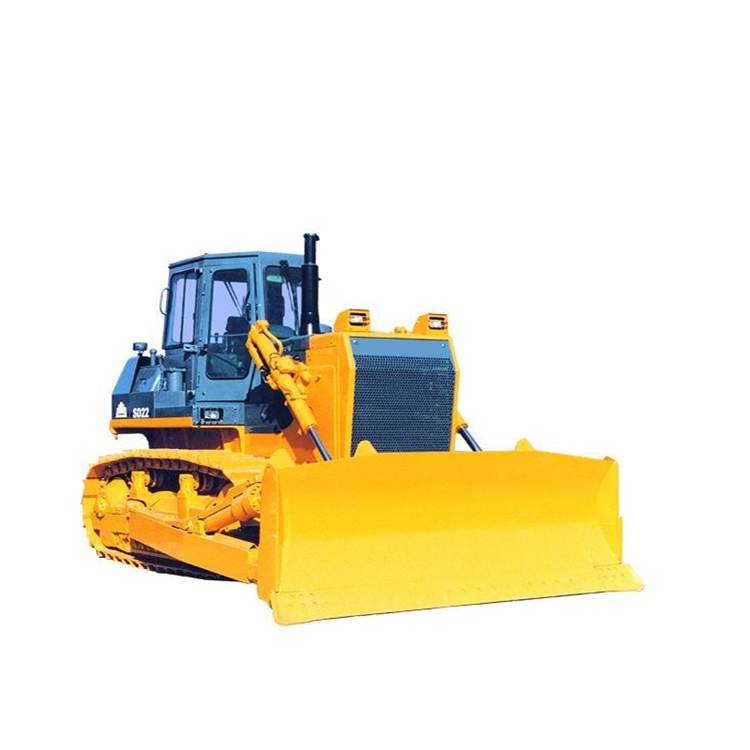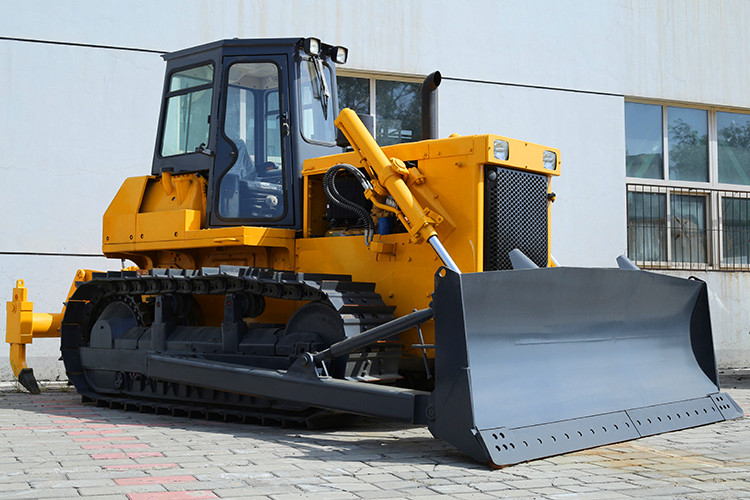Comparison and Purchase of Mechanical Bulldozers and Fully Hydraulic Bulldozers
Bulldozers are indispensable earth-moving machinery in engineering construction. Currently, there are two main types of bulldozers on the market: fully hydraulic bulldozers and traditional mechanical bulldozers. Each has its own characteristics and applicable scenarios. Shantui is a leading bulldozer manufacturer in China. Its product line covers mechanical bulldozers (such as SD16, SD22, SD32, etc.) and fully hydraulic bulldozers (such as DH13, DH17, DH24, etc.). This article will take Shantui brand bulldozers as an example to comparison and purchase of mechanical bulldozers and fully hydraulic bulldozers to help users choose the most suitable model according to actual needs.
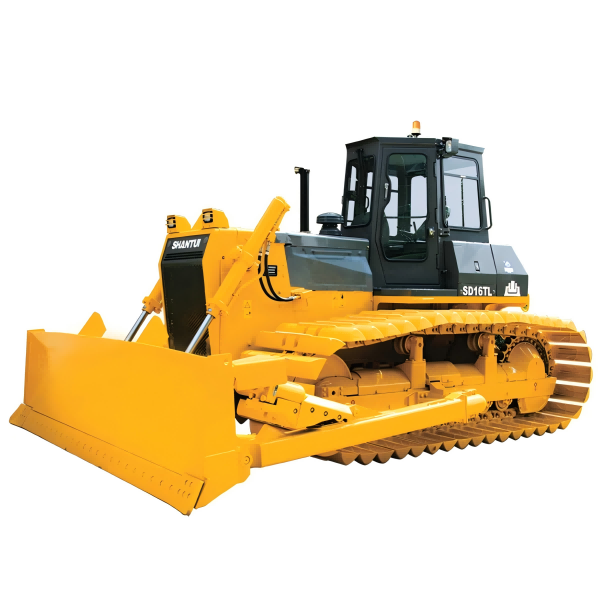
Comparison of drive mode and power system
Mechanical bulldozers (such as SD16/SD22/SD32) are mechanically transmitted through clutches, gearboxes, and drive axles. And power is directly transmitted from the engine to the crawler. Manual gear shifting is required when changing speed, and steering is achieved by pulling the steering clutch. Which is more laborious to operate.
The mechanical direct transmission method is adopted, the power transmission path is short. There is no energy form conversion loss, the transmission efficiency can reach more than 85%, and the fuel economy is good. Mechanical transmission can easily achieve power transmission of more than 500 horsepower. And it still occupies a dominant position in heavy-duty fields such as large mines.
Fully hydraulic bulldozers (such as DH13/DH17/DH24) use hydraulic transmission from hydraulic pump to hydraulic motor, and power is transmitted to the crawler through the hydraulic system. There is no need to shift gears when changing speed, and the stepless speed regulation technology is used to achieve smooth speed adjustment. The steering is controlled by the control handle, which is easy and simple to operate.
The hydraulic system is easy and flexible to operate. Various complex actions can be completed with only the control handle. It has fast response speed and rapid action conversion, which reduces the power interruption time in traditional mechanical transmission. Especially for short-distance fine operations, the efficiency is significantly improved.
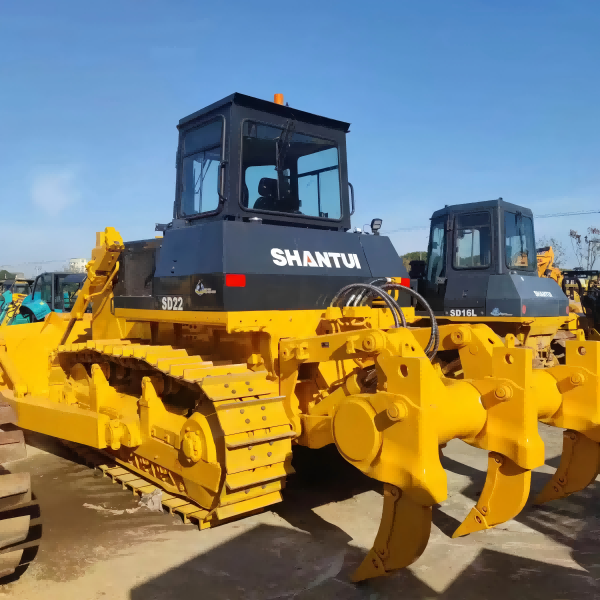
Comparison of applicable working conditions
Mechanical bulldozers have high mechanical transmission efficiency, good fuel economy, and mechanical parts such as gears and clutches have strong overload resistance and long service life. For example, SD32 and SD42 bulldozers are suitable for long-distance, continuous, heavy-loaded and large-scale earthwork operations. For example, mining, land reclamation, roadbed construction, etc.
Traditional mechanical bulldozers require frequent operation of the clutch and gear lever, and steering requires pulling the steering clutch. Drivers are prone to fatigue after long-term operation. The gear position is fixed, the adaptability is poor, and the operating efficiency is affected under complex working conditions.
Fully hydraulic bulldozers are more suitable for short-distance construction that requires fine left and right special features due to their light and flexible characteristics. For example, municipal engineering, farmland water conservancy and other occasions that require fine operations. It is also suitable for long-term operations that require high operating comfort.
Hydraulic transmission has secondary energy conversion losses (mechanical energy → hydraulic energy → mechanical energy), and the overall transmission efficiency is usually 10%-15% lower than that of mechanical transmission, and the fuel economy is slightly worse.
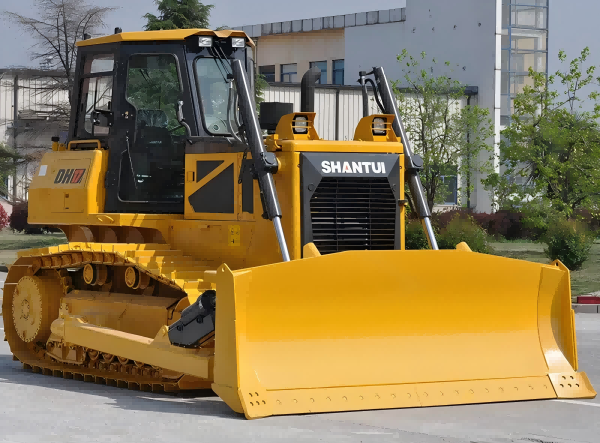
Comparison of reliability and maintenance cost
Mechanical bulldozers are durable and suitable for harsh working conditions and long-term continuous operation. The mechanical structure is intuitive, the maintenance technical requirements are relatively low. The maintenance cycle is long. And only routine lubrication and adjustment are required on a daily basis. Compared with hydraulic systems, the manufacturing cost of mechanical transmission components is low. And the price of the whole machine is more competitive, which is particularly suitable for users with limited budgets.
The hydraulic system of the full hydraulic bulldozer has its own overload protection function. When encountering excessive resistance, it can unload through the overflow valve to avoid damage to mechanical components and improve the reliability of the equipment. It is generally equipped with a fault self-diagnosis system, which is relatively convenient for diagnosis and maintenance. Hydraulic bulldozers have strict requirements on oil products. The hydraulic system has extremely high requirements on oil cleanliness, viscosity, wear resistance and other indicators. Improper maintenance can easily lead to system failure and increase the cost of use.
With the advancement of technology, full hydraulic bulldozers are constantly improving in energy efficiency and reliability, and may become the mainstream choice for small and medium-sized projects in the future. However, for high-power and extreme working conditions, mechanical bulldozers are still irreplaceable. Users should make comprehensive choices based on actual construction needs, budgets, and maintenance capabilities.




